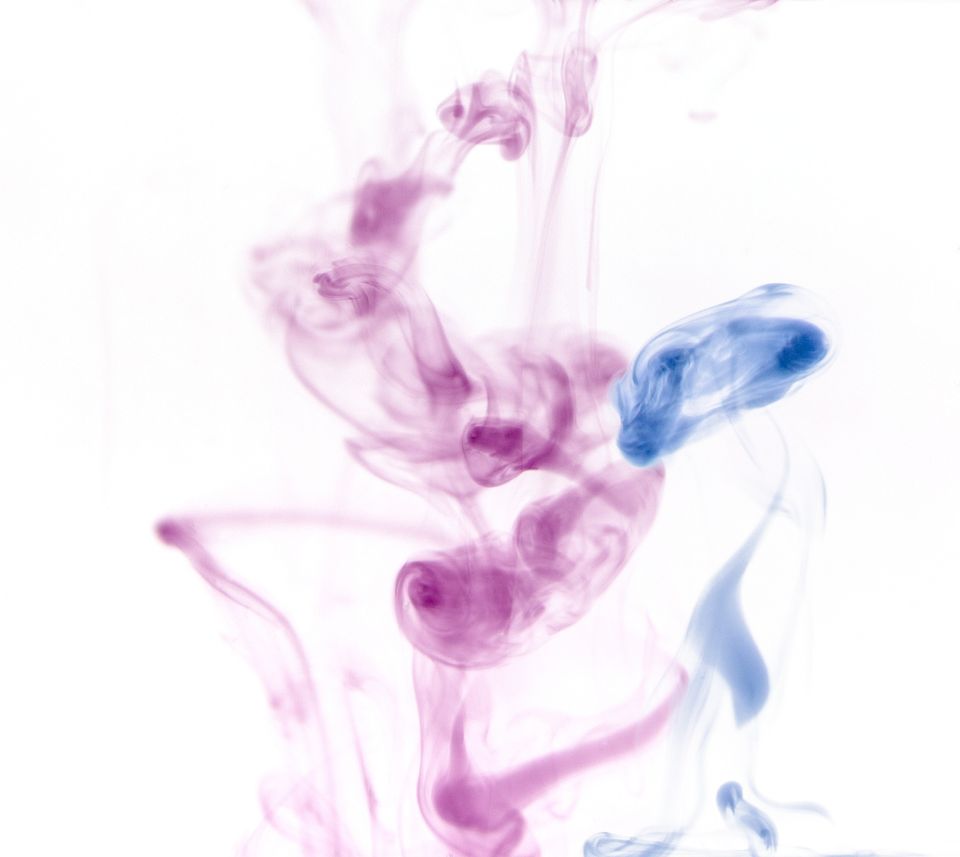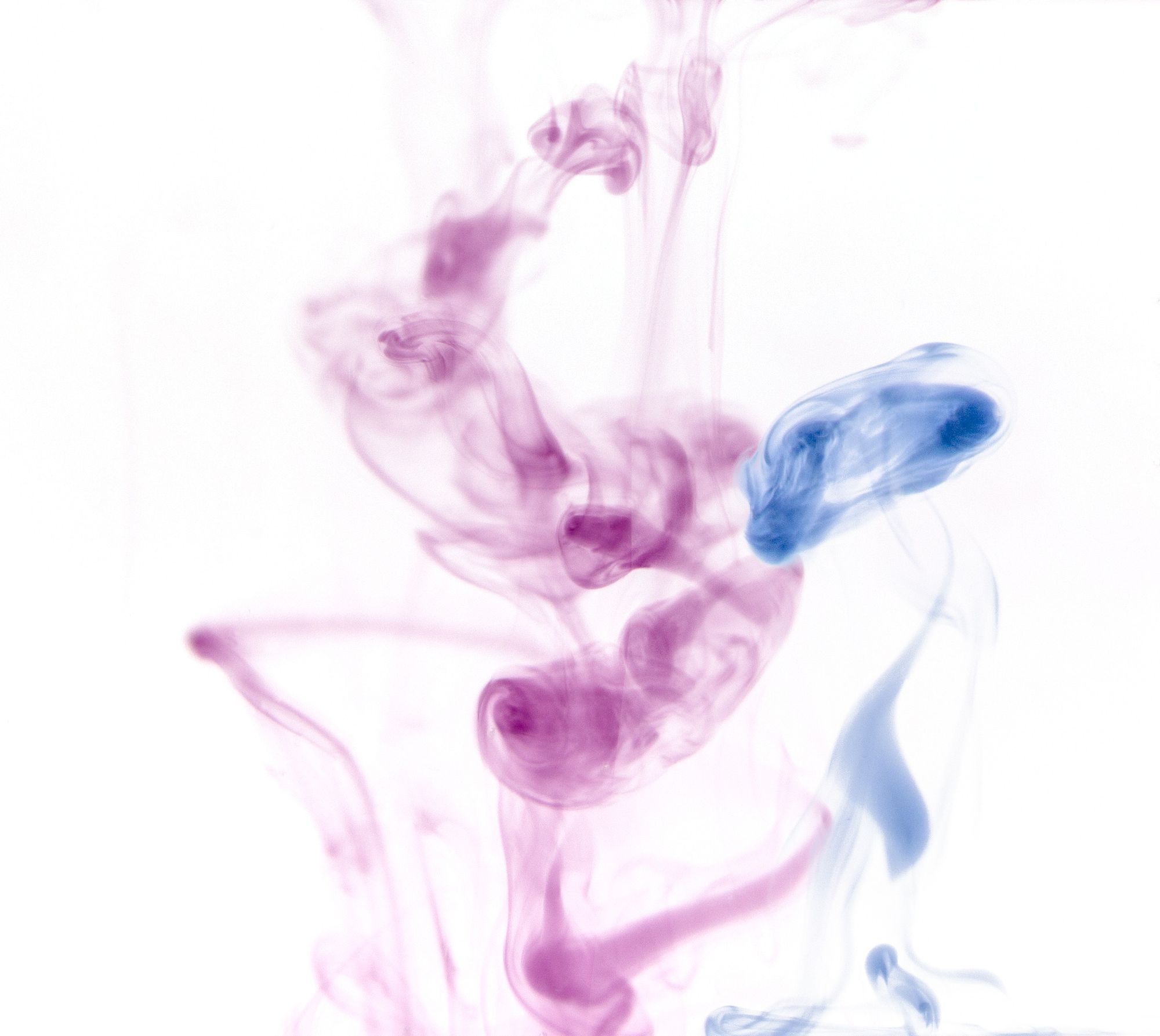Cultural Somatics

Cultural somatics is an open-source framework for collective change that I innovated from 2017-2020 based on the foundational principle that: cultures are bodies made of bodies, and because of this, individual change and collective change are embodied energetic processes that necessarily have a fractal relationship with each other.
Within the framework of cultural somatics, micro pain, such as early childhood trauma, and macro pain, such as misogyny, are all understood to be interrelated energetic issues. Because of this, bringing about fundamental change require us to work on many levels at once. The healing of a childhood wound may require the healing of a million years old ancestral trauma. The creation of a more ethical business may require the healing of the family-of-origin trauma of its stakeholders. And so on.
At the core, there is nothing less and nothing more to cultural somatics than this multi-layered healing process, which of course is always naturally happening if we pay attention. Basically, cultural somatics is simply a container for what is already there and gives us the permission to work with it using all of our resources.
Please note that my original cultural somatics framework was never explicitly political, in the sense of it being ideological, though it was always meant to have a deep social impact on systemic issues.
Truly uprooting oppression from our lives requires us to stick to a foundational understanding that what we call social problems are energetic issues in a collective body, nothing more nothing less. Frames that prefer certain ideologies over others often prevent deeper work as it over-intellectualizes the subject and neglects the fact that all ideologies, regardless of their surface content, reflect deeper emotional needs of a larger collective system that are requiring attention.
Glossary
Below are some basic cultural energetic terms that constitute the original set that I used to build my practice. Please feel free to use them also, with the acknowledgment that you feel is appropriate.
Cultural soma or cultural energetic body
The invisible sensing, feeling, and thinking body that emerges out of networks of complex relationships.
Cultural nervous system or cultural energetic system
The nervous system of cultural somas.
Cultural attachment
The concept that we form attachment relationships with cultural somas that exhibit similar behavior patterns as in our attachment relationship that we develop in early childhood with our caregivers. Cultural somas can also form attachment relationships with one another e.g. white culture has an attachment relationship to ancestral European cultures. (Indigenous social worker Estelle Simard is another person who has used the term cultural attachment and you may find their work here.)
Cultural somatic context or cultural energetic context
The cultural context of a body, impacted by everything from furniture, clothes, customs, medicine, and other key cultural elements.
Cultural dissociation
Cultural dissociation describes the dissociative mechanism in the cultural nervous system that protects certain bodies, especially those considered privileged, from processing trauma.
Trauma diversity
Trauma diversity refers to the phenomenon of how trauma held in cultural somas interact with our natural diversities in terms of race, culture, gender, neuro-divergence, and so on, to manifest diverse trauma experiences associated with different groups.

Memerotics or memeroticism
Memerotics or memeroticism refers to the concept that the energy of information (memes, from memetics) moving within a body, including collective bodies, is often experienced as erotic (not necessarily sexual) energy by humans. Memes here refer to not just text, audio, and video media but also unseen beings that our ancestors often referred to as spirits, goddesses, fae, kami, etc. Memeroticism shows us that the unshaming of eros, the fundamental universal principle of love between all beings, and not always confusing it with sex itself, is a vital foundational part of lasting individual and collective change.